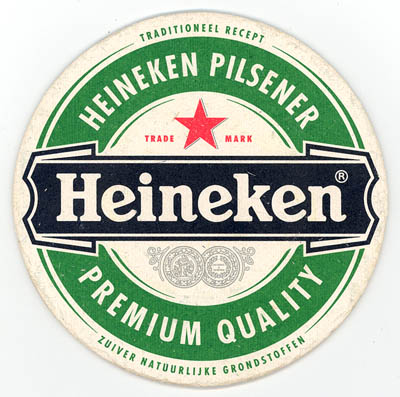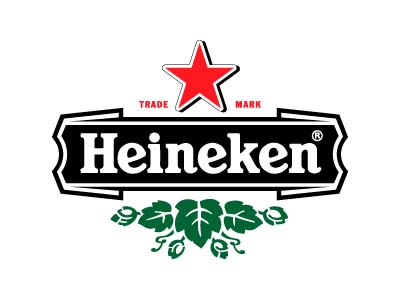The Heineken beer is one of the long-standing leaders on the global alcohol market. It was incorporated in the Netherlands almost 150 years ago, in 1864 by 22-year-old Dutchman Gerard Adriaan Heineken, who bought a local brewery De Hooiberg (The Haystack), which was renamed on January 11, 1873 to become Heineken Breweries (English for Heineken’s Bierbrouwerij Maatschappij N.V).
Due to Gerard’s active management, the company started to grow and soon turned from the largest in the region into the largest in the country. In 1867, his mother lays the first stone of the new brewery in Amsterdam. Two years later the founder of the company decided to start using the totally different Bavarian method of bottom fermentation instead of the conventional one, and started to make new beer of high-quality called ‘Gentleman’s Beer’, a refined alternative to ‘Workman’s Ale’ (over some time, however, he re-started the production of the old variety alongside with the new one). The brand totally changed the technology of beer brewing in 1887 when it adopted the “Heineken A-yeast” created Dr. H. Elion as a key ingredient of the beer. The company didn’t use any advertising for pushing the beer, as it actually wasn’t needed in those times.
In 1893, the company was headed by J.D.A. Petersen after the death of the founder. Later he married the widow and became stepfather of the eight-year-old Henry Pierre Heineken, who managed Heineken later. This was the period when the company was actively expanding and setting foot on US and Asian soil. During the WWII the business declined because of the lack of raw materials, but managed to recover later with Alfred ‘Freddy’ Heineken being at the helm. The man, who studied marketing technologies in the USA, and introduces revolutionary changes into the promotional campaign of the beers. Under his management in the 1950s and 60s the company employed various ad strategies, got a new logo in 1964 and aired the first commercial Heerlijk Helder Heineken, featuring animated sailor and his girl, in 1968. The company’s two inspirational mottos in this period were “Beer can travel” and “Build and Brew”.
The company went on merging with other minor breweries all round the globe. In 1968 Heineken acquired its rival Amstel, and in 1972 Heineken’s Bierbrouwerij Maatschappij N.V was changed to a shortened version Heineken N.V. In the 80s the Heineken brand started a massive advertizing campaign throughout Europe, and the bottles went together with green gadgets like coasters, neon signs and umbrellas (in Netherlands the “lips” logo was replaced with the international one only in 1992). In 2005, Heineken swooped several breweries in Germany and bought a number of beer brands in Russia, and now has over 170 various brands (Heineken, Amstel, Fosters, Affligem, Birra Moretti, Pit).
Heineken is a big supporter of sport competitions, including the Heineken Cup (rugby) and Heineken Open (tennis) among others.
• In 1963, the Heineken Foundation, which gives a bi-annual award to outstanding scientists in the field of biochemistry was formed.
• The ‘Heineken lips’ logo made of two red semi-circles enclosing the black stripe with the brand’s name on the coaster was introduced in 1964 and was in use through 1992.
• In 1999, Heineken was named the ‘Brand of the Century’ in the Netherlands.
• The company opened the Heineken Experience museum where the visitors can learn a lot about the brand’s heritage. The building was constructed as a brewery in 1867, and in 2001 it became Heineken Experience as we know it now.
• The lettering in the logo of Heineken was developed with the help of Alfred Henry (Freddy) Heineken. He wanted the ‘e’ letters in the logo to be “friendlier” and so in the lettering they are leaning a bit backwards.


